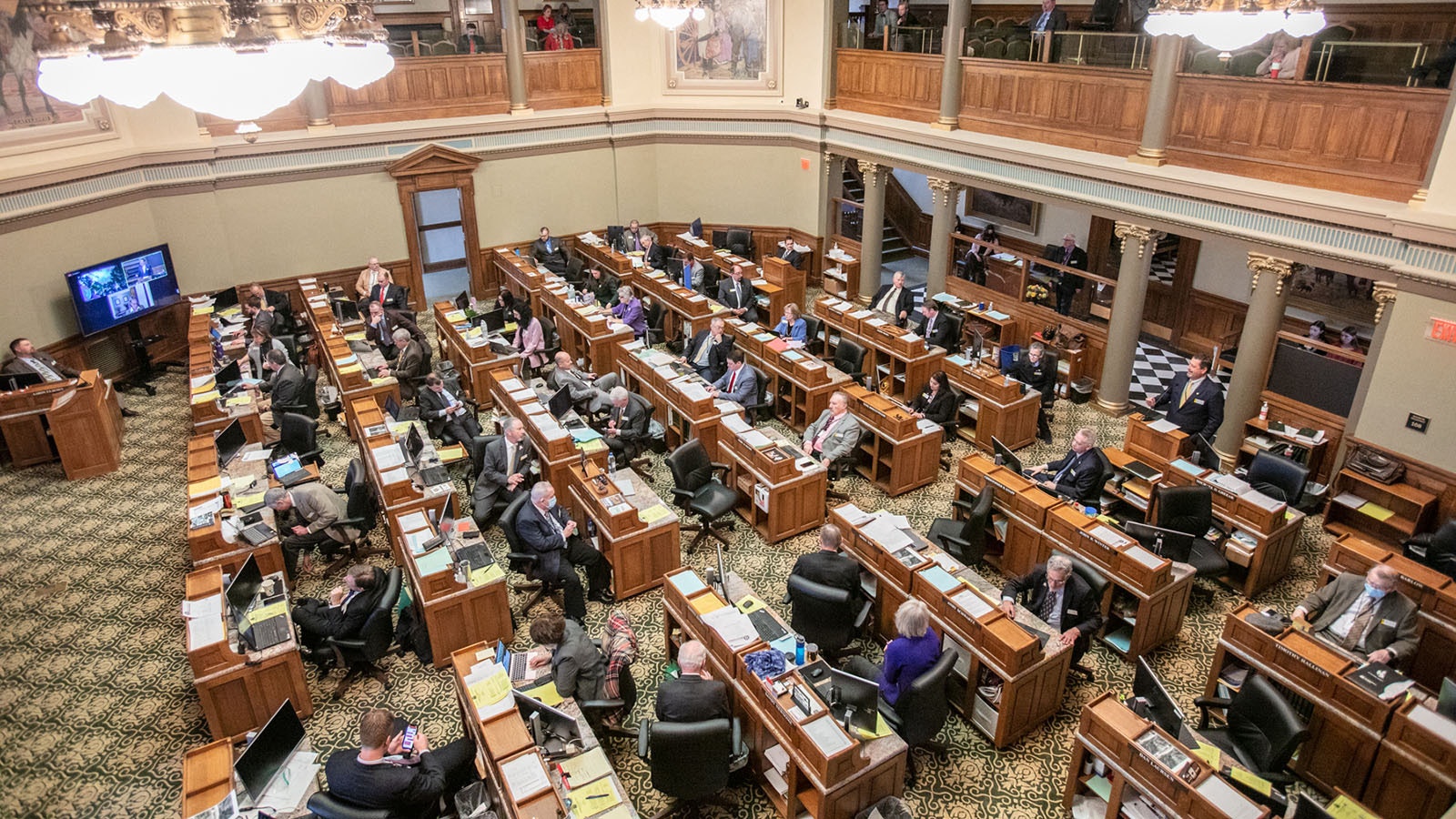By Leo Wolfson, State Politics Reporter
Leo@Cowboystatedaily.com
The Wyoming Legislature has become younger, more Christian-affiliated and more represented by members without a college degree.
These are some of the demographics Cowboy State Daily compiled using available data researching the backgrounds of all 93 members of the incoming Legislature and comparing the statistics to the outgoing body.
Data wasn’t available in every category for every lawmaker, but the demographics represent an overwhelming majority of lawmakers.
Age
The Wyoming Legislature will become younger in the upcoming session, dropping in average age from 57.5 to 53.98. This drop follows a similar decrease in average age seen in both chambers.
The Senate remains the elder of the two chambers at an average age of 58, while the House sits at 51. During the last session, the Senate had an average age of 62.
This drop was in part due to the departure of a handful of legislators who are older than 70. Also contributing to the decrease in average age is the addition of younger legislators like 21-year-old J.T. Larson, 25-year-old Daniel Singh and 27-year-old Dalton Banks.
But some of the older statesmen are still there, like 77-year-old state Sen. Charles Scott and 75-year-old Rep. Jerry Obermueller, both R-Casper.
Religion
Although the most common religious affiliations stayed the same, there was a significant growth in legislators who describe themselves as Christian.
Christian membership increased by 18% in the new House and 2% in the Senate. This growth correlates with an increase in membership of the House Freedom Caucus, a staunchly conservative voting bloc that recently sent a letter to U.S. Sen. Cynthia Lummis imploring her to not vote to codify same-sex marriage into federal law based on the argument of religious freedom.
Catholic and Church of Jesus Christ of Latter-day Saints membership stayed relatively flat.
There are a number of other religious affiliations represented in the incoming Legislature, including Lutheran, Methodist, Unitarian, non-denominational, Episcopal, Presbyterian and others. There are no Jewish members in the incoming body.
Education
Although a bachelor’s degree remained the most common level of education in both chambers, the number of representatives without a college degree increased in the House by 7%. The number of representatives with a bachelor’s degree increased in the Senate by 13%, while declining in the House by 7%. In total, those with just a bachelor’s degree represent 40% of the incoming Legislature, the same total held for the previous session.
A master’s degree was the second most common level of education in the new House, but not the Senate. There, a doctorate is more common, representing 25% of the highest level of education attained in that body.
Entrepreneurs And Retired
Small business owners and retirees tied for the most common professions of the incoming Legislature. This was only a slight change from the previous session, when small business owners had a slight edge.
Ranchers make up a slightly smaller percentage of lawmakers in the upcoming session, and the number of attorneys also slightly decreased.
There are four members of the incoming House that are employed by a local county or city government as their everyday jobs.
Women And Minorities
The total number of women increased by three in the Legislature with Republicans Jeanette Ward, Tomi Strock, Martha Lawley, Abby Angelos and Evie Brennan, and Democrat Liz Storer replacing men.
Wyoming is among 10 states in the nation with the lowest percentage of female legislators at 20.4%, according to the Center for American Women and Politics. A total of 51% of residents in Wyoming are women.
Minorities also are not well represented in the Legislature, a demographic that remained mostly flat. With Rep. Andi LeBeau, D-Lander, voted out in the recent election, Rep. Affie Ellis, R-Cheyenne, is now the only remaining Native American legislator. There is no representation for those of Arapaho of Shoshone heritage.
Children And Grandchildren
The average number of children and grandchildren per legislator slightly increased in both bodies. For the incoming House, each lawmaker has an average of 2.37 children, while the Senate has an average of 2.68, making for an average of 2.47 children between both chambers. Last session, the average for both chambers was 2.3.
Average number of grandchildren also increased by a small margin, rising to 2.4 from 2.09.
Rep. John Winter, R-Thermopolis, has the most reported grandchildren in the Legislature at 33.
Overall, 17 lawmakers in the incoming Legislature do not report having children.





